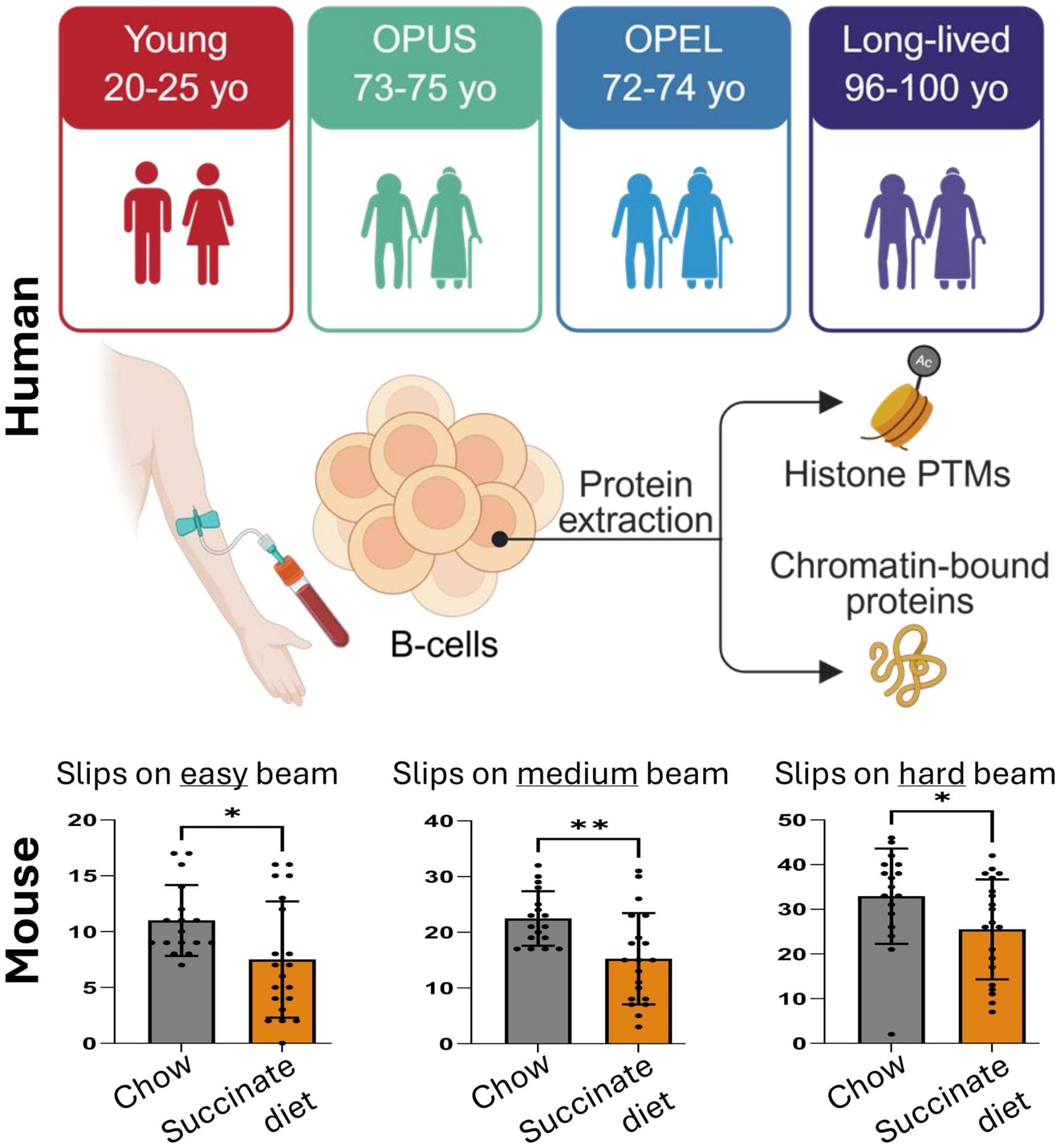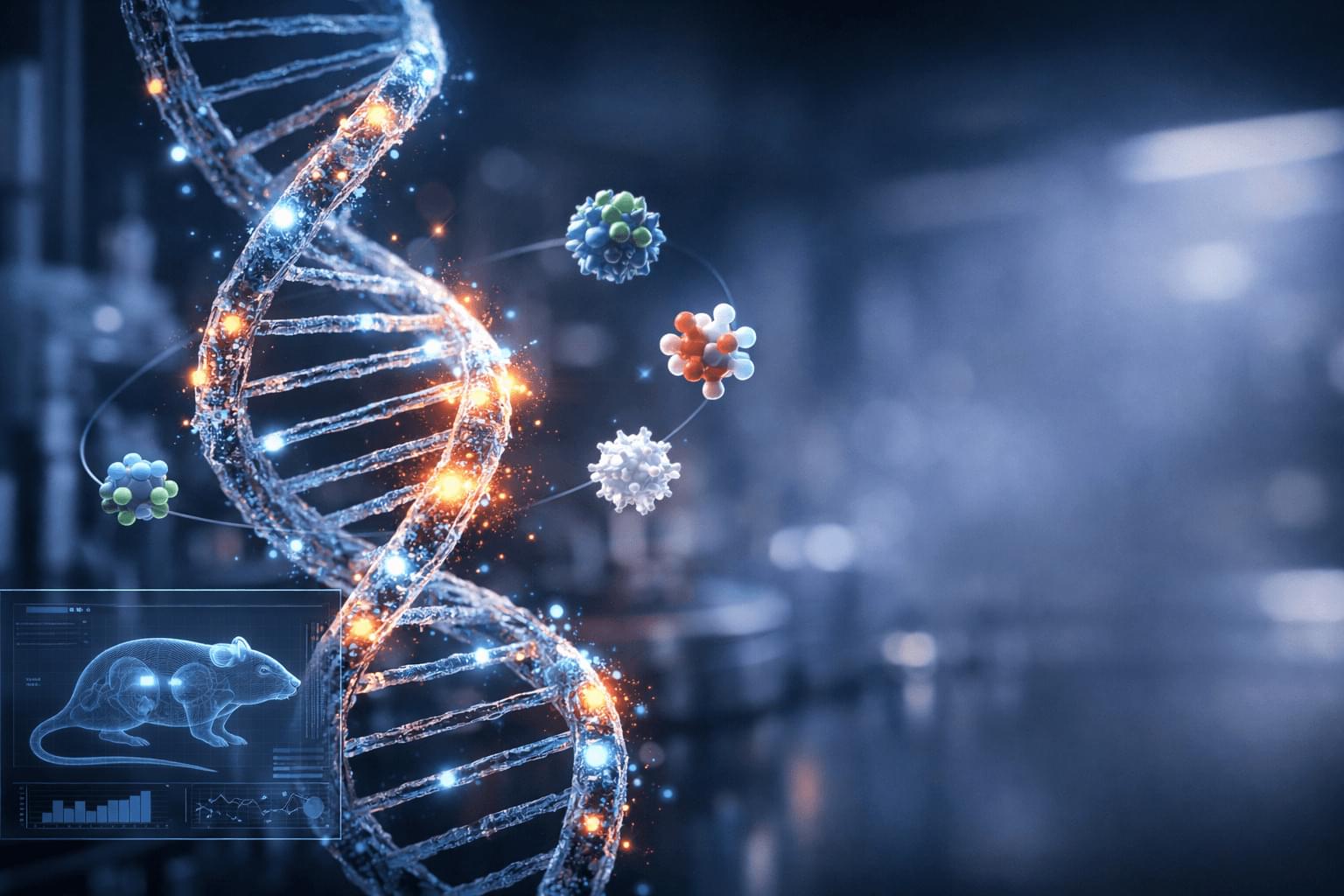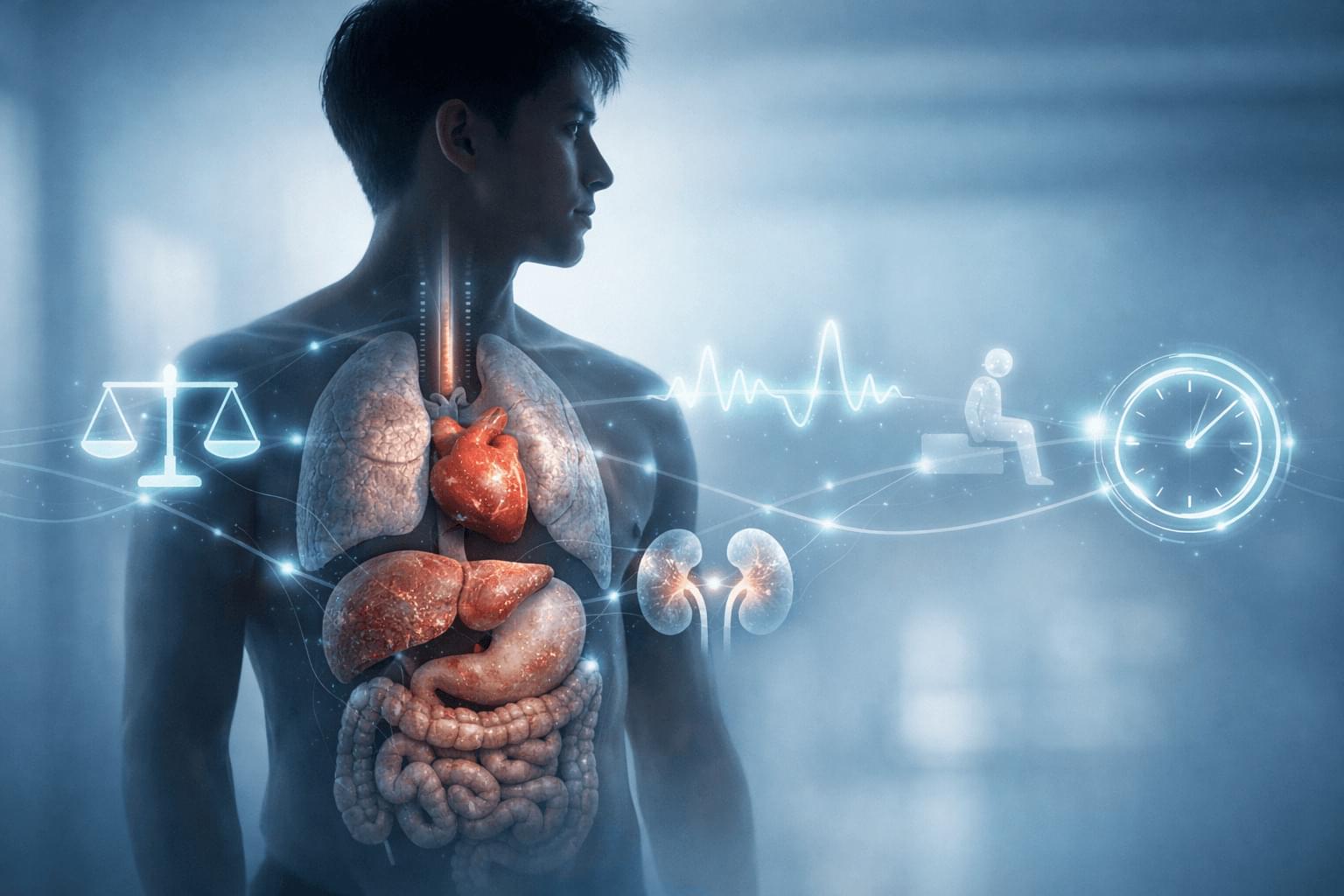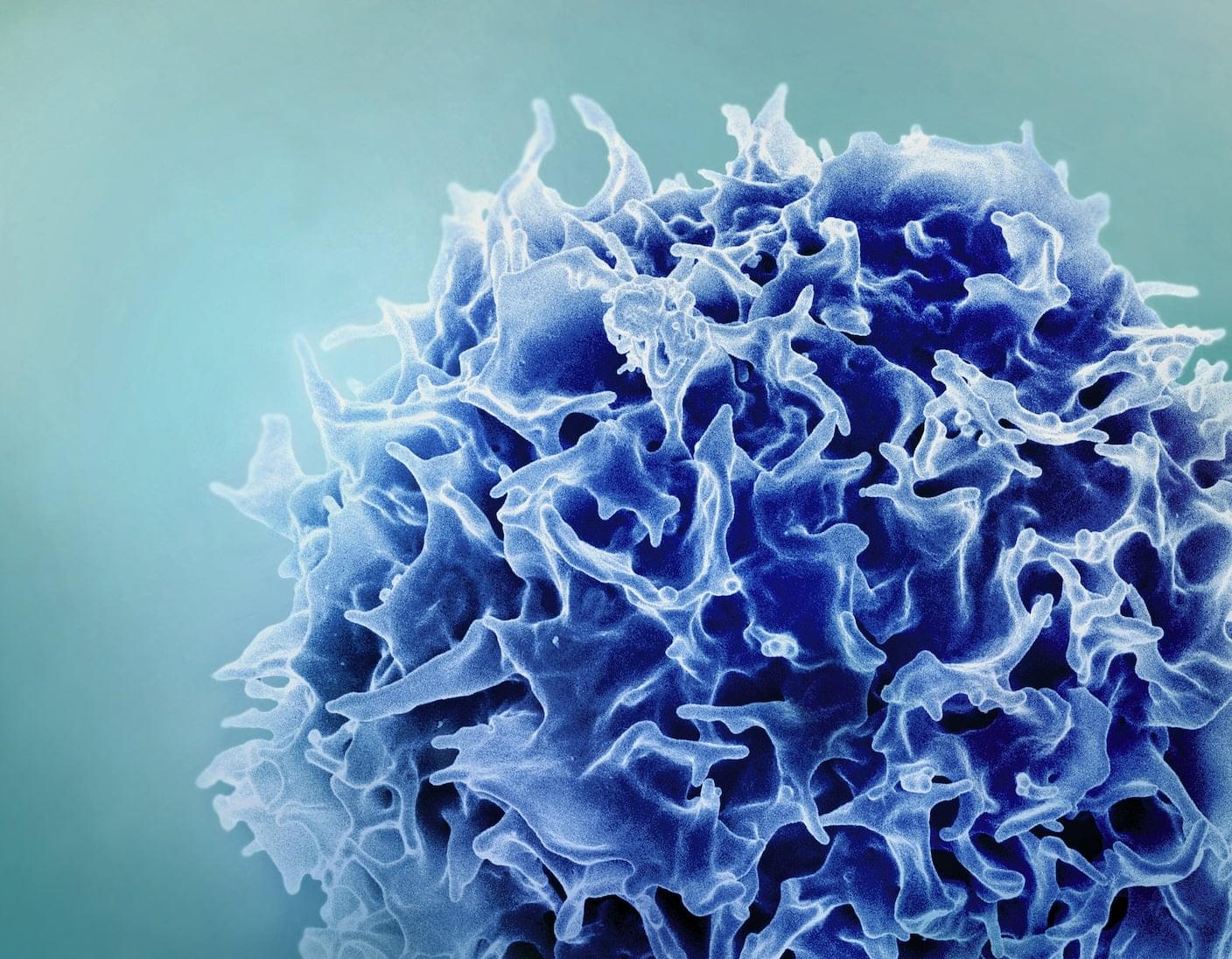Elevated histone succinylation distinguishes offspring of long-lived individuals and aligns with enhanced nuclear functions, while succinate supplementation selectively improves motor performance in…




The secret to a healthier and “younger” heart lies in the vagus nerve. A recent study coordinated by the Sant’Anna School of Advanced Studies in Pisa and published in Science Translational Medicine has shown that preserving bilateral cardiac vagal innervation is an anti-aging factor. In particular, the right cardiac vagus nerve emerges as a true guardian of cardiomyocyte health, helping to preserve the longevity of the heart independently of heart rate.
The study is characterized by a strongly multidisciplinary approach, integrating experimental medicine and bioengineering applied to cardiovascular research. Specifically, the research was led by the Translational Critical Care Unit (TrancriLab) of the Interdisciplinary Research Center Health Science, under the responsibility of Professor Vincenzo Lionetti, and by the laboratory of the Biorobotics Institute led by Professor Silvestro Micera, which contributed to the development of the bioabsorbable nerve conduit used to facilitate vagal regeneration.
The study involved a broad network of Italian and international institutions of excellence, including the Scuola Normale Superiore, the University of Pisa, the Fondazione Toscana G. Monasterio, the Institute of Clinical Physiology of the CNR, the University of Udine, GVM Care & Research, Al-Farabi Kazakh National University, the Leibniz Institute on Ageing in Jena and the École Polytechnique Fédérale de Lausanne.

This year quietly rewired how researchers think about aging, what truly predicts long-term health, and which biohacking ideas deserve serious attention versus skepticism. From brain aging to muscle strength, from AI-driven drug discovery to cooling hype around supplements, 2025 redrew the map of healthspan science.
Here’s the clear-eyed recap of what actually mattered.

A study by the Mildred Scheel Early Career Center group led by Dr. Mohamed Elgendy at the TUD Faculty of Medicine provides fundamental insights into cancer biology. Published in Nature Communications, the study shows for the first time that the protein MCL1 not only inhibits programmed cell death, but also plays a central role in tumor metabolism.
The researchers have succeeded in tracing two classic hallmarks of cancer—the evasion of apoptosis (a form of programmed cell death) and the dysregulation of energy metabolism—back to a common molecular mechanism.
The study focuses on the protein MCL1, which is strongly overexpressed in many tumor types and has previously been considered primarily an anti-apoptotic factor of the Bcl-2 protein family.

One of the main proteins that contributes to Alzheimer’s disease is called phospho-tau (p-tau). When p-tau gets too many phosphate groups attached to it (a process called hyperphosphorylation), it starts to stick together and form clumps called “tangles” inside of brain nerve cells.
A new study by Mass General Brigham investigators shows that tau hyperphosphorylation may be a consequence of an antiviral response that protects the brain from infection. Results are published in Nature Neuroscience.
“As a geneticist, I always wondered why humans had evolved gene mutations predisposing to Alzheimer’s disease,” said senior author Rudolph Tanzi, Ph.D., Director of the McCance Center for Brain Health and Genetics and Aging Research Unit in the Mass General Brigham Department of Neurology.

Small cell lung cancer (SCLC) is one of the most aggressive forms of lung cancer, with a five-year survival rate of only 5%. Despite this poor prognosis, SCLC is initially highly responsive to chemotherapy. However, patients typically relapse and experience very rapid disease progression. Current research into the biological mechanisms behind SCLC remains essential in order to prolong treatment responses, overcome relapse and, ultimately, improve long-term patient outcomes.
A research team led by Professor Dr. Silvia von Karstedt (Translational Genomics, CECAD Cluster of Excellence on Aging Research, and Center for Molecular Medicine Cologne—CMMC) has discovered a novel mechanism used by this type of cancer that helps explain its aggressive nature. The study titled “Lack of Caspase 8 Directs Neuronal Progenitor-like reprogramming and Small Cell Lung Cancer Progression” is published in Nature Communications.

Science Signaling retracted a 2017 paper that linked a specific amyloid form (amyloid-beta 56) to tau pathology after an investigation into allegations of data manipulation. Author Sylvain Lesné, PhD, who resigned from the University of Minnesota earlier this year, objected to the retraction.
Older adults who were awake more during the night performed worse on cognitive tests no matter how long they slept, data from the Einstein Aging Study showed. (Sleep Health)
Human herpesvirus 7 could be a contributing factor in multiple sclerosis (MS) etiology, a case-control study in Sweden suggested. (Brain Communications)
— News and commentary from the world of neurology and neuroscience.


Despite risks, results from both trials highlight the promise of one-and-done CAR T therapy for deadly blood cancers. But it’s still early days. Scientists need to carefully follow patients over years to understand how long upgraded T cells remain in the body and their effect on cancers.
And not all viral carriers are made the same. Lentiviruses, used in both studies, can tunnel into the human genome, causing DNA typos that potentially trigger secondary cancers. The durability of the therapy, its longevity, and immune side effects also need to be studied.
Kelonia is adding more patients to their trial, amid an increasingly competitive landscape. AstraZeneca has acquired EsoBiotec to bring its technology to market. AbbVie, a drug company in Illinois, is testing the delivery of gene-editing tools to T cells via fatty nanoparticles in clinical trials. And Kelonia is planning a second clinical trial with an initial 20 patients and 20 more in an expansion phase, none of whom responded to at least three previous treatments.